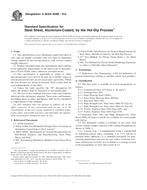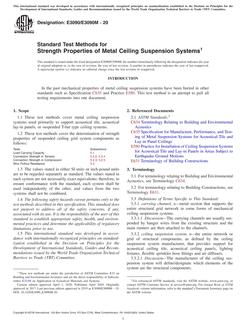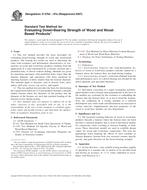1.1 This guide covers the methods for determining the death rate kinetics expressed as D-values. These values can be derived from the construction of a kill curve (or survivor curve) or by using other procedures for determining the number of survivors after exposure to antimicrobial chemicals or formulations. Options for calculations will be presented as well as the method for calculation of a concentration coefficient.
1.1.1 The test methods are designed to evaluate antimicrobial agents in formulations to define a survivor curve and to subsequently calculate a D-value. The tests are designed to produce data and calculate values that provide basic information of the rate-of-kill of antimicrobial formulations tested against single, selected microorganisms. In addition, calculated D-values from survivor curves from exposure at different dilutions of antimicrobial can be used to show the effect of dilution by calculation of the concentration exponent, η (2).
1.1.2 As an example of potential use of kill curve data, the published FDA, OTC Tentative Final Monograph for Health-Care Antiseptic Drug Products, Proposed Rule, June 17, 1994 has suggested the testing of topically applied antimicrobial products using survival curve (or kill curve) calculations. The methods described in this guide are applicable to these products, but adjustments such as the use of antifoaming agents when the reaction mixture is stirred may be necessary to counteract the presence of detergents in many formulations. Frequently the sampling for these tests is done after very short intervals of exposure to the formulation, such as 30 and 60 s. This methodology also has been applied to preservative testing of antimicrobial ingredients in more complex cosmetic formulations (5).
1.2 The test methods discussed should be performed only by those trained in microbiological techniques.
1.3 The values stated in SI units are to be regarded as standard. No other units of measurement are included in this standard.
1.4 This standard does not purport to address all of the safety concerns, if any, associated with its use. It is the responsibility of the user of this standard to establish appropriate safety and health practices and determine the applicability of regulatory limitations prior to use.
Product Details
- Published:
- 10/01/2010
- Number of Pages:
- 5
- File Size:
- 1 file , 83 KB
- Redline File Size:
- 2 files , 160 KB


